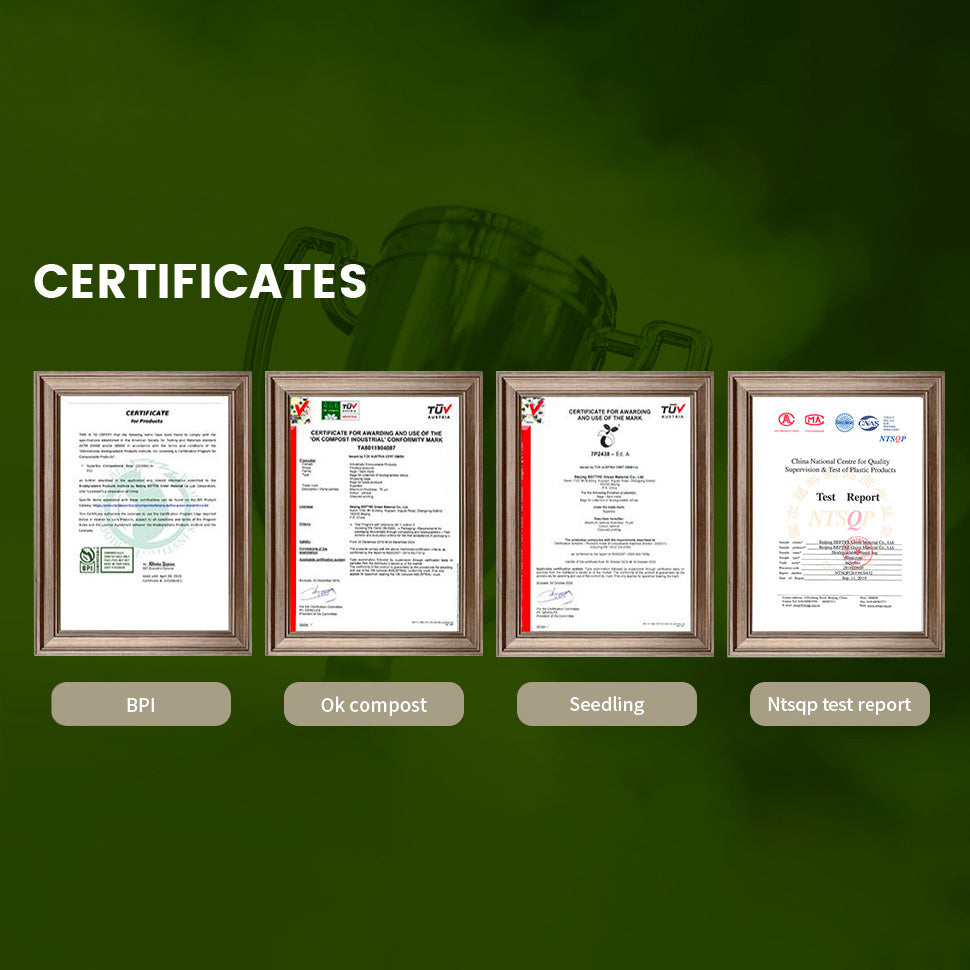Tiny Dolphins Risk Their Lives in Death Defying Dives
New tracking has revealed a hidden circus beneath New Zealand’s waves. Hector’s dolphins—the world’s smallest marine dolphins—spin, flip, and plunge far deeper than anyone expected, reaching roughly 120 meters (about 394 feet).
According to University of Auckland researchers accounts to Phys.org, these behaviors were captured with high-resolution DTAG sensors. The findings show agile hunters—and a species facing real danger.

Hector’s dolphins are the smallest marine dolphins in the world.
Acrobatics Below the Surface
Data from 11 dolphins tagged in Cloudy Bay and the Clifford Marine Mammal Sanctuary show barrel rolls in midwater and slow, upside-down cruising near the seabed to snatch flatfish and cod. Animations built from the tags’ sound and motion recordings even captured echolocation clicks that accelerate into a rapid buzz as prey is targeted, Noticias Ambientales reports. These compact, 1.4-meter animals also venture offshore—up to about 15 kilometers—expanding the map of where risk and protection overlap.

Researchers discovered them diving to depths of nearly 400 feet.
Why Talent Can Be Deadly
The same dexterity that helps these dolphins capture schooling fish may heighten encounters with gillnets and trawls. Some individuals reduce echolocation during travel, which could make obstacles harder to detect, Interesting Engineering reports. Researchers found frequent dives beyond protection boundaries that were drawn from limited surface-level data, suggesting current measures only partly reduce bycatch risk.
Night Dives, New Threat Map
Tag records showed round-the-clock activity, with deeper offshore dives at night. That matters for policy. If protections follow daytime sightings but dolphins hunt deeper and farther after dark, rules miss the danger window, Interesting Engineering reports.

These dolphins perform barrel rolls during midwater hunts.
Population, Status, and Place
Roughly 15,000 Hector’s dolphins live in South Island coastal waters, with protections that include Marine Mammal Sanctuaries and a national Threat Management Plan, according to Phys.org. The species is listed as endangered, and its North Island cousin—the Māui dolphin—remains critically at risk.
What the New Study Demands
DTAG evidence reveals dolphins using habitat beyond existing sanctuaries, plunging to net depths, and shifting tactics with depth and prey. Conservation now needs to match that reality. Scientists argue for updated rules guided by the subsurface record—deeper spatial protections, time-of-day considerations, and fishing limits designed around when and where dolphins actually move, Sustainability Times rerports. The technology has opened the curtain; policy has to follow it underwater.





























































































































































































































































































































































